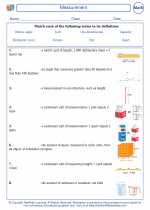Congruent Polygons
A polygon is a two-dimensional shape with straight sides. Congruent polygons are polygons that have the same size and shape. In other words, all corresponding sides are equal in length, and all corresponding angles are equal in measure. Congruent polygons can be rotated, reflected, or translated, but they remain congruent as long as their sides and angles match up.
Properties of Congruent Polygons
- Corresponding sides: In congruent polygons, all corresponding sides are equal in length.
- Corresponding angles: In congruent polygons, all corresponding angles are equal in measure.
- Equal area: Congruent polygons have the same area, as their dimensions are the same.
- Equal perimeter: The perimeter of congruent polygons is the same, as their sides have the same length.
Ways to Show Congruence
There are several ways to show that two polygons are congruent:
- Side-Side-Side (SSS): If the corresponding sides of two polygons are equal in length, then the polygons are congruent.
- Angle-Side-Angle (ASA): If the corresponding angles and the included side of two polygons are equal in measure, then the polygons are congruent.
- Side-Angle-Side (SAS): If two pairs of corresponding sides and the included angle of two polygons are equal, then the polygons are congruent.
- Right Angle-Hypotenuse-Side (RHS): If the right angle, hypotenuse, and one side of a right-angled triangle are equal to the corresponding parts of another right-angled triangle, then the triangles are congruent.
Study Guide
When studying congruent polygons, it's important to focus on understanding the properties of congruent figures and the criteria for determining their congruence. Practice identifying corresponding sides and angles, and applying the SSS, ASA, SAS, and RHS criteria to determine if two polygons are congruent. Additionally, practice using transformations such as rotations, reflections, and translations to show that polygons are congruent.
It's also helpful to work on problems involving the area and perimeter of congruent polygons, as well as real-world applications of congruent figures, such as in architecture and design.
Understanding congruent polygons is foundational for further studies in geometry and is a key concept in solving geometric problems and proofs. As you work through problems and examples, make sure to pay attention to the details and practice applying the concepts to different situations.
Good luck with your study of congruent polygons!
.◂Math Worksheets and Study Guides Fourth Grade. Measurement
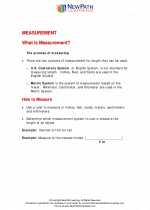
 Activity Lesson
Activity Lesson
 Activity Lesson
Activity Lesson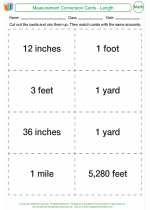
 Activity Lesson
Activity Lesson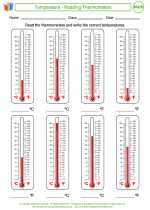
 Worksheet/Answer key
Worksheet/Answer key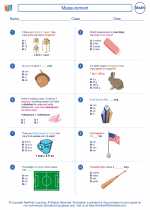
 Worksheet/Answer key
Worksheet/Answer key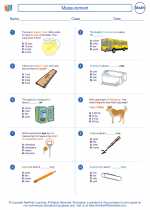
 Worksheet/Answer key
Worksheet/Answer key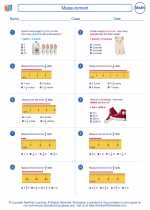
 Worksheet/Answer key
Worksheet/Answer key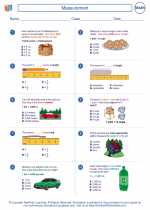
 Worksheet/Answer key
Worksheet/Answer key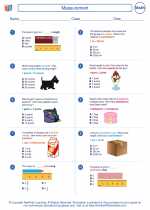
 Worksheet/Answer key
Worksheet/Answer key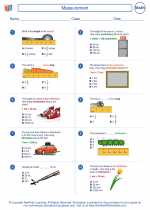
 Worksheet/Answer key
Worksheet/Answer key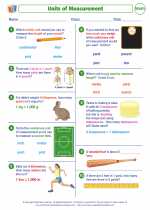
 Worksheet/Answer key
Worksheet/Answer key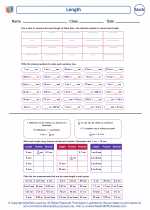
 Worksheet/Answer key
Worksheet/Answer key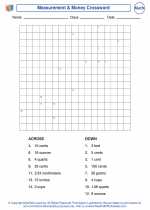
 Worksheet/Answer key
Worksheet/Answer key
 Vocabulary/Answer key
Vocabulary/Answer key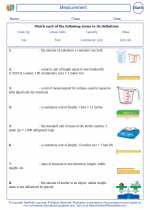
 Vocabulary/Answer key
Vocabulary/Answer key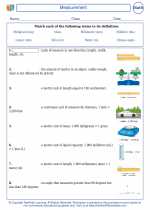
 Vocabulary/Answer key
Vocabulary/Answer key